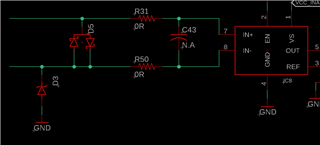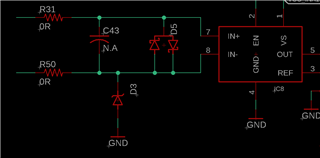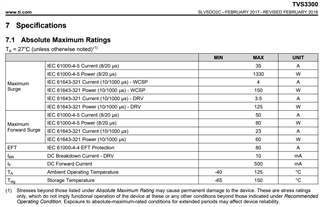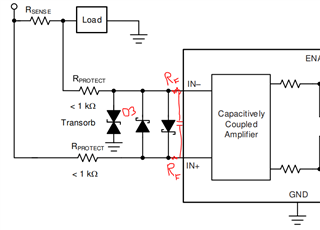Other Parts Discussed in Thread: TVS2700, ,
In order to provide context, I will use the INA190 as a 4-20mA receiver, and I have concerns about how to protect its inputs. The idea is to use it in Loop Current mode. The power supply for the sensor is provided from the host card, reducing the risk of reverse polarity. The maximum voltage for the sensor's power supply is 24V.
For the selection of a TVS diode, I have read the following article
According to the reading, I believe the TVS2700 fits my requirements
The Vrwm is slightly higher than the nominal operating voltage of the sensor, and the clamping voltage is lower than the maximum Vcm supported by the INA190 (40V max). Additionally, the leakage current is very low: 1.7nA

According to the question found at the following link
I have doubts about how to connect the TVS2700. In the following diagram, the Transorb is highlighted in red. Correct?
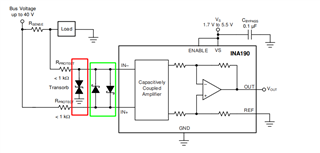
What part number could I use for the elements in green? What would be the selection criteria?
Additionally, regarding the layout, I found the INA190EVM usage guide, where a poor ground plane around the INA190 is noticeable
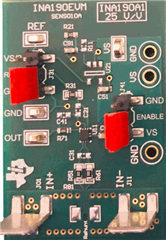
I also found the usage guide for INA190EPEVM. There is no photo of the PCB, but the existence of a ground plane is observed on the top layer of the gerber.

The packages are different. Should a ground plane be applied for the SOT23 (8) version?
Thanks in advance



